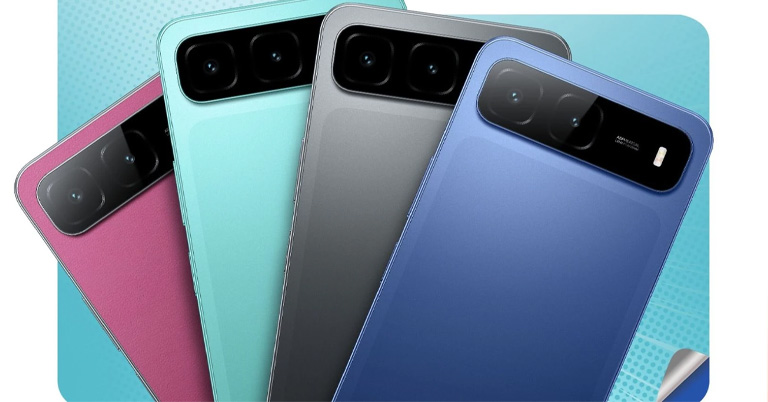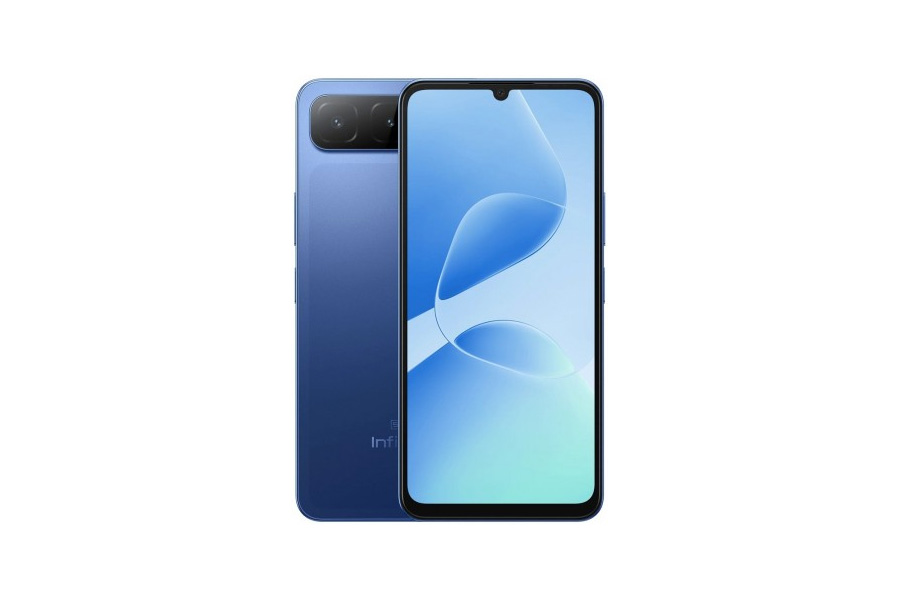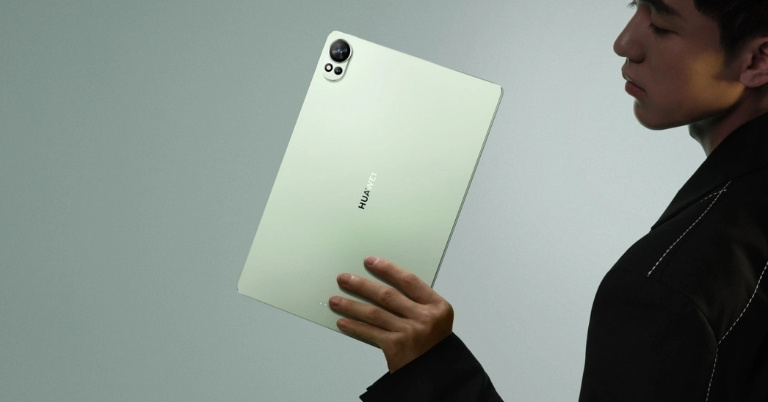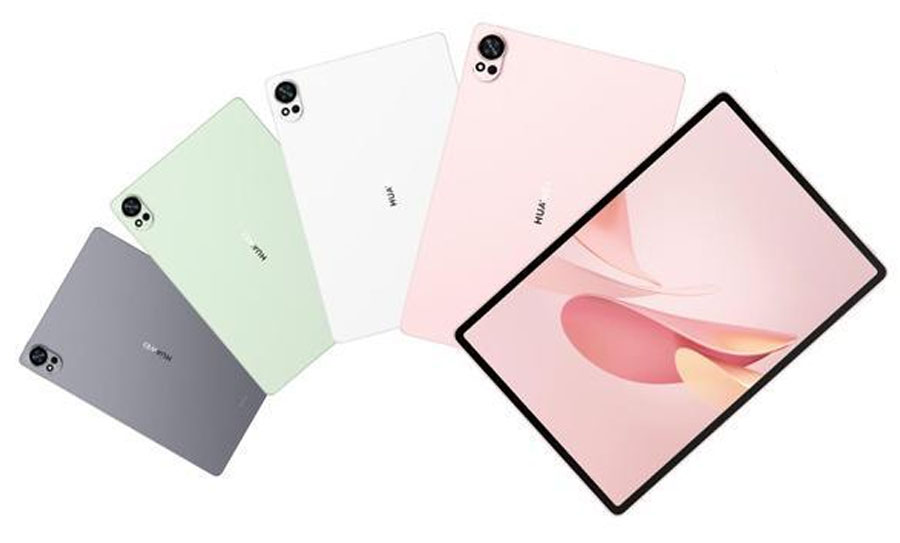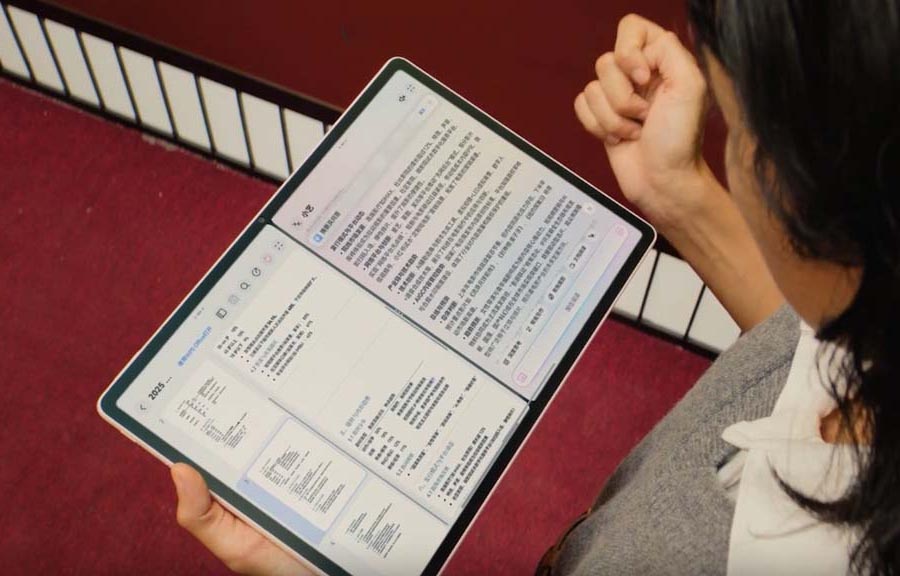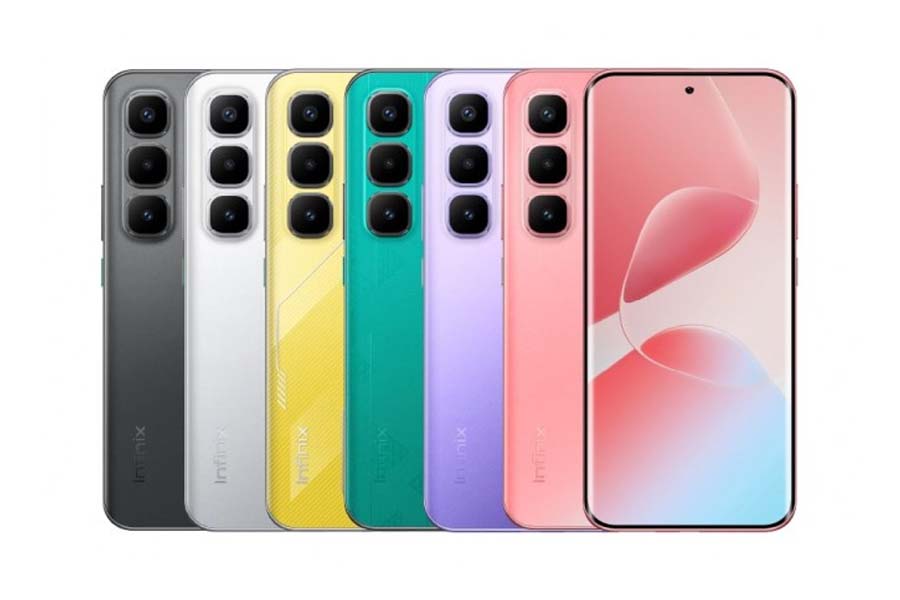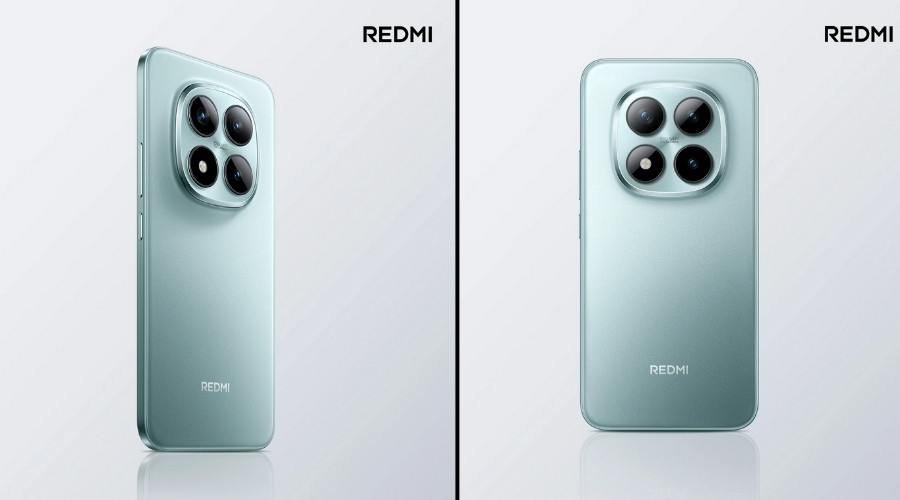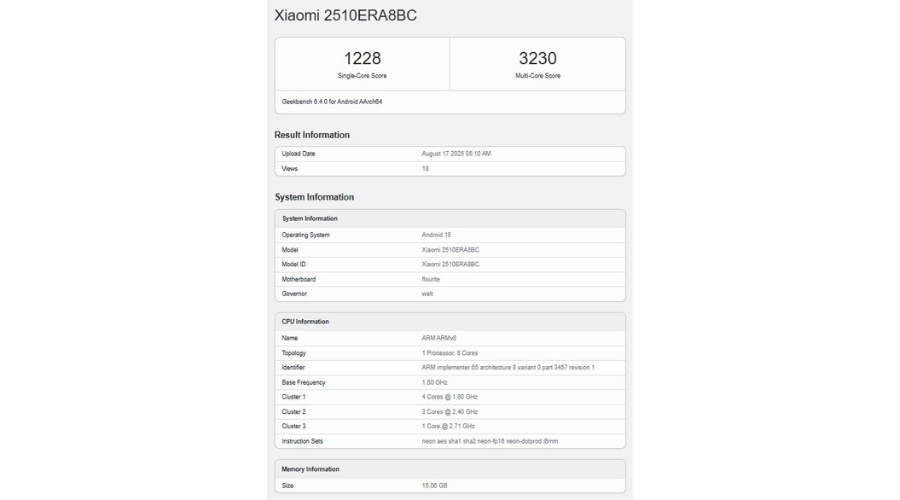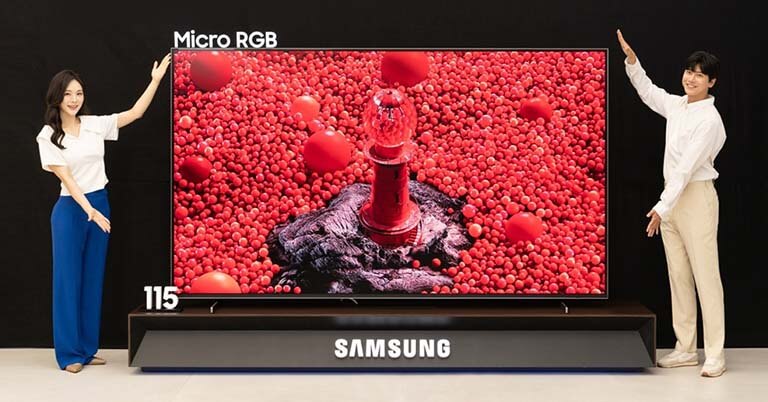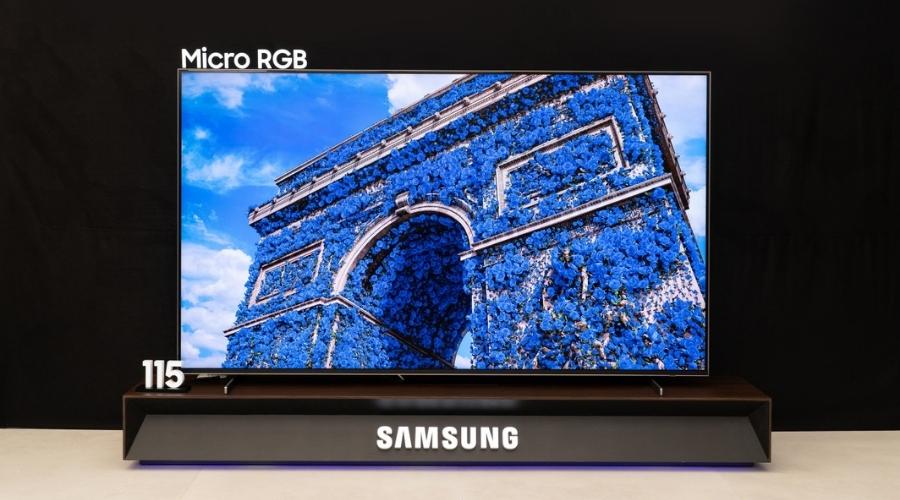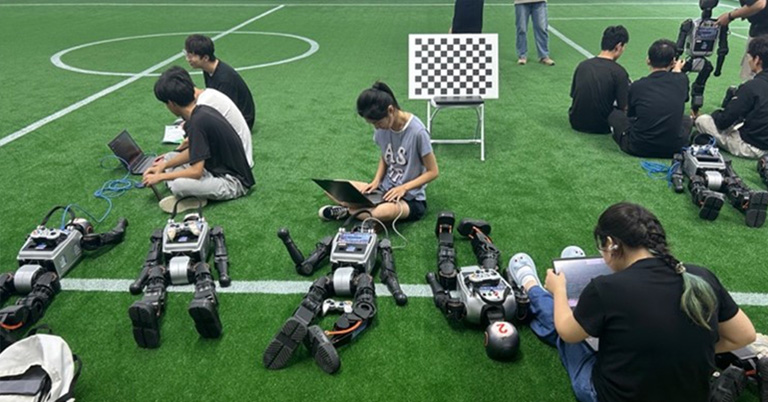Samsung’s Galaxy S25 FE is shaping up to be an interesting mid-range option, with leaks pointing to some upgrades and a few curious downgrades. The phone’s expected to launch earlier than usual, possibly as soon as September 2025. But as concerned to the previous rumors, the upcoming phone will not actually feature the Dimensity 9400 chipset and will instead opt for their own homegrown Exynos chipset. This article will discuss everything about the latest Samsung Galaxy S25 FE, including leaks, specifications, and availability.
Samsung Galaxy S25 FE Overview
Design and Display
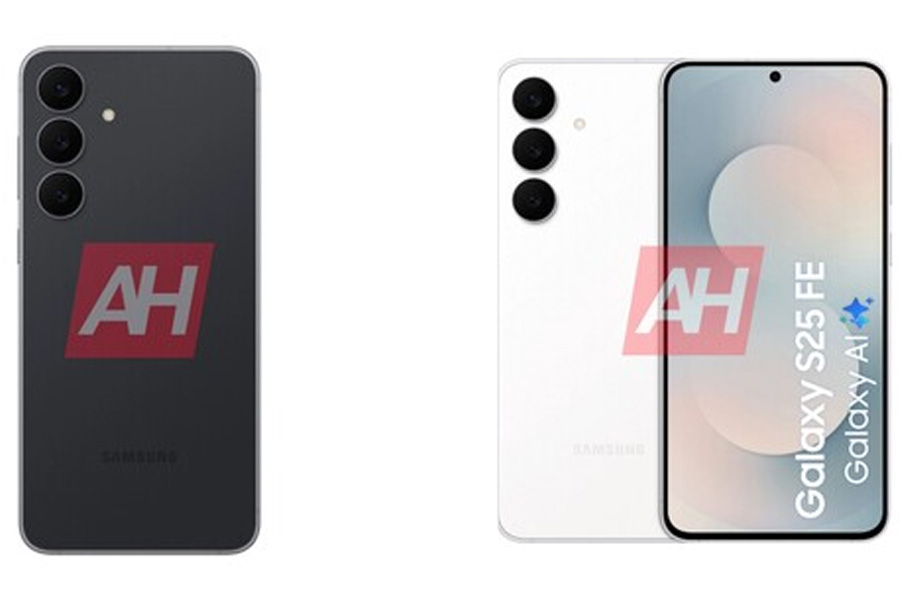
The S25 FE looks pretty much like the S24 FE and S25+, which isn’t surprising given Samsung’s design consistency lately. You’re getting a flat frame with three circular rear camera cutouts and an Infinity-O display. The lower bezel is slightly thicker, but overall it’s slimmer and lighter than the S24 FE.
At 161.3 × 76.6 × 7.4 mm and around 190-192g, it’s definitely more pocketable. The 6.7-inch Dynamic AMOLED 2X display keeps the 1080 × 2340 resolution with 120Hz LTPO refresh rate that adapts from 1-120Hz. Gorilla Glass Victus handles protection duties. Color options include Icy Blue, Navy, Jet Black, and White. Pretty standard Samsung palette here.
Performance and Software
Some leaks say it’s getting the same Exynos 2400e from the S24 FE, while others claim a slight bump to the regular Exynos 2400. Either way, you’re looking at 8GB RAM with 128GB or 256GB storage options. One thing that caught my attention was the software situation. The S25 FE is rumored to launch with Android 16 and One UI 8, which would make it one of the first Samsung phones to ship with the latest Android version.
Camera System
The camera setup will be basically- 50MP f/1.8 main with OIS, 12MP f/2.2 ultra-wide, and 8MP f/2.4 telephoto with 3x optical zoom and OIS. The front camera sits at 12MP f/2.2. Nothing groundbreaking here, but it should handle most photography needs fine.
Battery
Okay, so the battery situation is all over the place in these leaks. Some sources claim 4,900mAh with 45W wired charging, while others say 4,500mAh with 45W wired and 15W wireless charging. There’s even talk that the battery might be smaller than the S24 FE’s 4,700mAh unit.
- Also Read:
- Samsung Mobile Price in Nepal 2025 [Updated]
- Samsung Galaxy Buds 3 FE leaks online with a familiar design
- 1TB variant of the Samsung Galaxy S25 Ultra is now available in Nepal
We don’t know which leak is accurate, but 45W charging seems consistent across reports. IP68 rating is confirmed though, so water resistance is covered.
Samsung Galaxy S25 FE Specifications (Rumors)
- Display: 6.7-inch Dynamic AMOLED 2X, 1080 × 2340, 120Hz LTPO
- Processor: Exynos 2400e or Exynos 2400 (conflicting reports)
- RAM: 8GB
- Storage: 128GB/256GB
- Rear Camera: 50MP main (OIS) + 12MP ultra-wide + 8MP telephoto (3x zoom, OIS)
- Front Camera: 12MP
- Battery: 4,500mAh or 4,900mAh (conflicting reports)
- Charging: 45W wired, possibly 15W wireless
- Dimensions: 161.3 × 76.6 × 7.4 mm
- Weight: ~190-192g
- OS: Android 16 with One UI 8
- Other: IP68 rating, Gorilla Glass Victus
Samsung Galaxy S25 FE Price and Availability
The Galaxy S25 FE is rumored to launch as early as September 19, 2025, likely in South Korea first with the US following later. European pricing leaks suggest €679, which would put it around the same ballpark as its predecessor. When it makes to Nepal, it would start at no less than NPR 95,000.
- Meanwhile, you can check our Samsung Galaxy A26 review.



